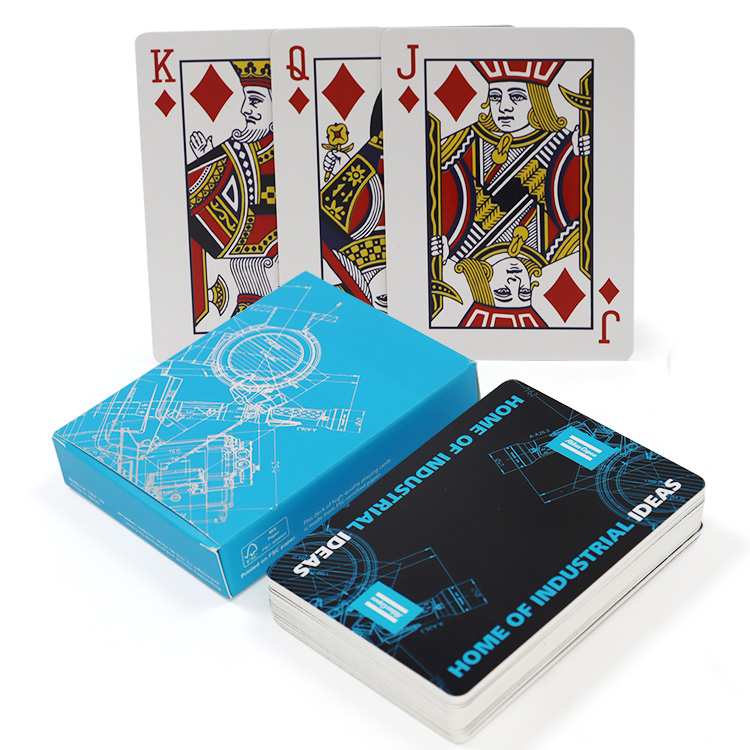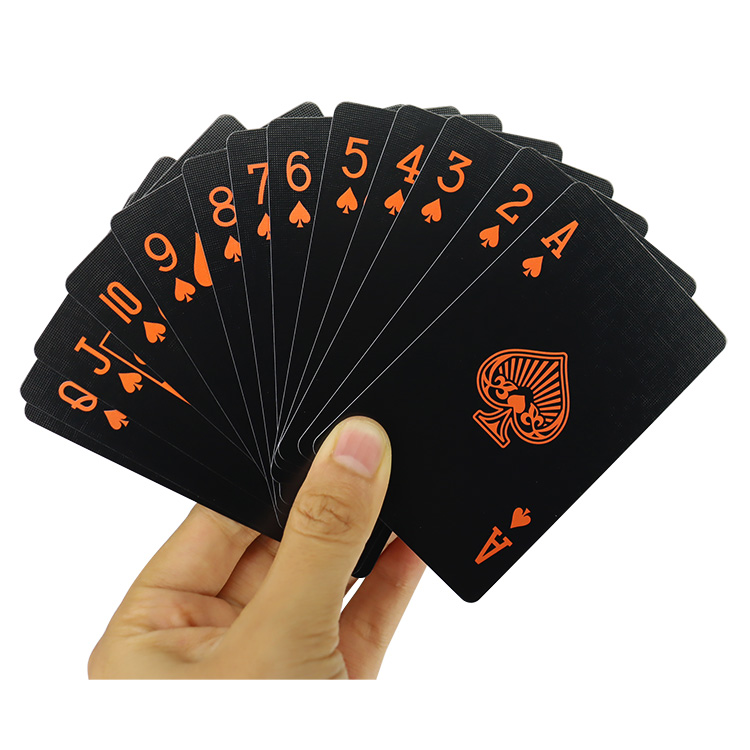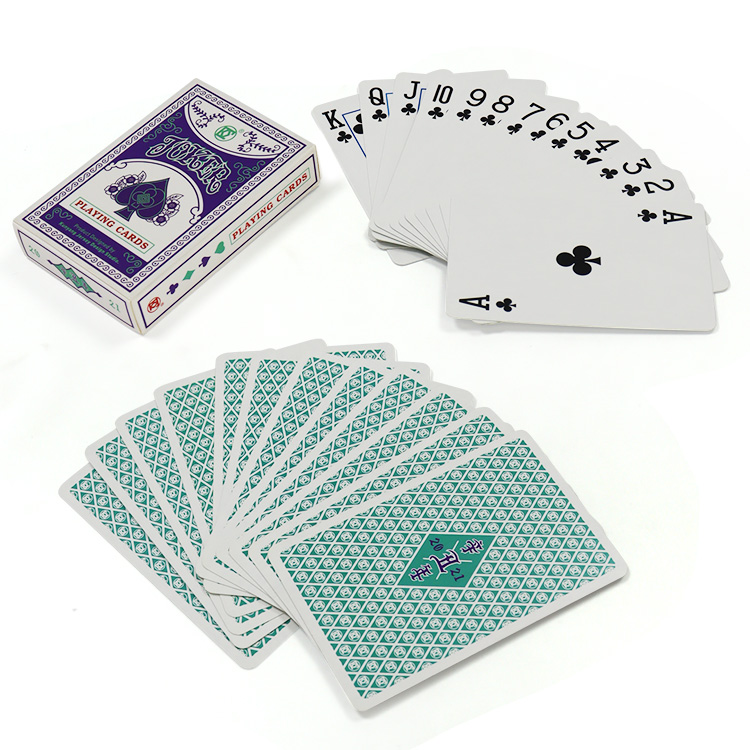10 Fun Facts About Playing Cards You Probably Didn’t Know
Playing cards are one of the most popular entertainment tools in the world, but their history, design, and hidden details are often overlooked. From the mysterious origins of card suits to the real identities of the kings, this article explores fascinating trivia about playing cards that will surprise you!
- Main Content
- 1. The Ancient Origins of Playing Cards
- 2. The Kings on Playing Cards Represent Real Historical Figures
- 3. Why Is the Ace the Highest Card?
- 4. Playing Cards Are Secretly a Calendar
- 5. The Joker Wasn’t Always Part of the Deck
- 6. Card Backs Are Symmetrical to Prevent Cheating
- 7. The Most Expensive Deck of Cards Ever Sold
- 8. Magicians Love Bicycle Cards for a Reason
- 9. The Odds of Shuffling the Same Deck Twice Are Astronomical
- 10. Playing Cards in Pop Culture and Psychology
Main Content
1. The Ancient Origins of Playing Cards
Playing cards date back to 9th-century China, where the earliest card games were played during the Tang Dynasty. They later spread to the Middle East and Europe, evolving into the modern deck we know today. The French standardized the four suits—spades, hearts, diamonds, and clubs—in the 15th century.
2. The Kings on Playing Cards Represent Real Historical Figures
Each King (K) in a deck of cards is based on a real historical ruler:
-
King of Spades: King David (Biblical ruler of Israel)
-
King of Hearts: Charlemagne (Emperor of the Holy Roman Empire)
-
King of Diamonds: Julius Caesar (Roman dictator)
-
King of Clubs: Alexander the Great (Macedonian conqueror)
Interestingly, the King of Hearts is the only king without a mustache and is sometimes called the "suicide king" because his sword points toward his head.

3. Why Is the Ace the Highest Card?
Originally, the Ace (A) was the lowest card in many games. However, after the French Revolution, the Ace was promoted to the highest rank as a symbol of the common people rising above royalty—a tradition still used in games like poker today.

4. Playing Cards Are Secretly a Calendar
A standard deck of 52 cards holds a hidden connection to time:
-
52 cards = 52 weeks in a year
-
4 suits = 4 seasons
-
12 face cards (Jacks, Queens, Kings) = 12 months
-
Total pips (1+2+…+13) × 4 suits = 364, and adding the Joker makes 365—matching the days in a year!
-
5. The Joker Wasn’t Always Part of the Deck
The Joker was introduced in the 19th century for the American game Euchre, where it served as the highest trump card. Later, it became a wild card in poker and other games. Some decks even include two Jokers, representing day and night.
-

-
6. Card Backs Are Symmetrical to Prevent Cheating
Most playing cards have symmetrical back designs so that players can’t tell if a card is upside down. This innovation was popularized by the United States Playing Card Company (USPCC) to prevent marked decks.
-

-
7. The Most Expensive Deck of Cards Ever Sold
In 2019, a luxury gold-plated deck encrusted with diamonds sold for $1 million, making it the most expensive playing cards in history.
8. Magicians Love Bicycle Cards for a Reason
Many magicians prefer Bicycle brand cards because their air-cushion finish makes them easier to shuffle and handle. Additionally, the Bee brand is popular in casinos due to its durability.
-
9. The Odds of Shuffling the Same Deck Twice Are Astronomical
A deck of 52 cards can be arranged in 52! (52 factorial) possible ways—a number so large (8×10^67) that it’s more than all the atoms on Earth! This means every properly shuffled deck is likely unique in history.
10. Playing Cards in Pop Culture and Psychology
Beyond games, playing cards have influenced:
-
Movies: Iconic poker scenes in Casino Royale and Rounders
-
Psychology: The term "poker face" refers to hiding emotions
-
Art: Salvador Dalí designed his own surrealist deck
-

Your Legacy, Forged in Gold: The Enduring Power of Gold-Foiled Playing Cards in Corporate Branding

Affirmations in Action: How Affirmation Cards Provide Immediate Support for Life's Challenging Moments

2026 Trends in Custom Playing Cards: What Businesses Should Know

The Tarot Social: Transform Your Gatherings with Interactive Tarot Card Experiences

The Art of Tarot: Exploring the Aesthetics and Symbolism Behind Timeless Tarot Cards
About customized services
Do you offer samples?
Yes! We can provide samples of our card materials and finishes. Please contact us to request samples relevant to your project.
Do you provide design services?
Yes! Our in-house design team is here to assist you in bringing your vision to life. Whether you have a complete design or just an idea, we can help.
Can I see a proof before production?
Yes! We provide digital proofs for your approval before we start production. This ensures that everything meets your expectations.
About price and payment
What payment methods do you accept?
We accept various payment methods, including credit cards, PayPal, and bank transfers. Please reach out for more details on payment options.
What are the payment terms?
We require a 30% deposit upon order confirmation and the balance before shipment.






WE’D LOVE TO 
FROM YOU
Please send us your inquiry details; our team will contact you ASAP.
20+ years of experience in custom playing cards, game cards, tarot cards, flashcards, and board games, as well as paper and paperboard box manufacturing.

bbilaser
sq_AL